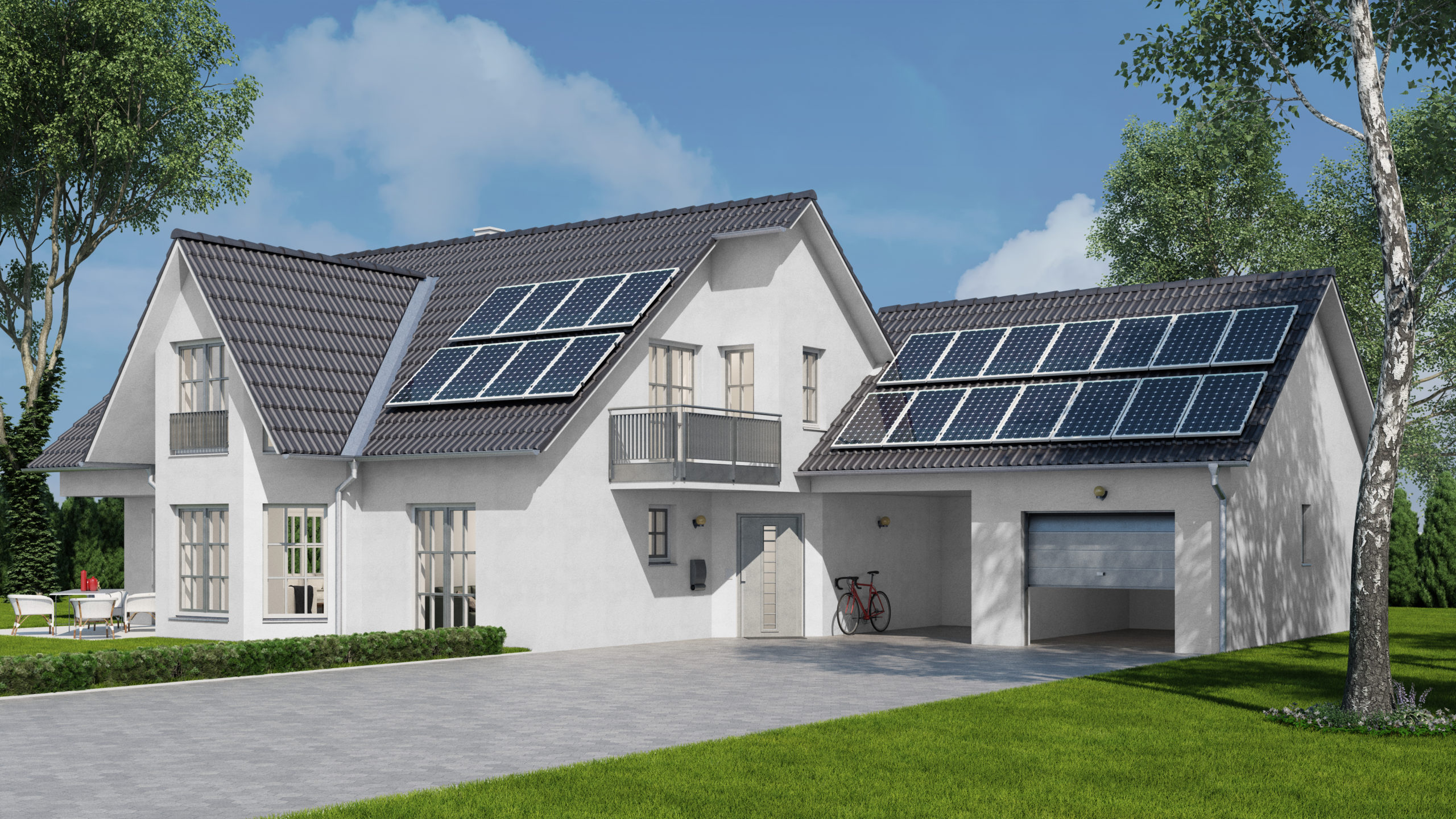The first step in answering that question is defining “average house.” According to the Census Bureau, the average house built in 2014 contained nearly 2600 square feet. Houses have gotten markedly bigger over the decades; the average house built in 1983 had an area of 1725 square feet. Larger houses, no matter how energy-efficient they are, generally need more energy than do smaller houses.
How much energy does the average house use?
While house size is relatively straightforward, determining the amount of energy used by the average house is a bit trickier. The answer depends on whether somebody lives in the city or the country, how fuel-efficient their house is, and the climate.
The different states show a large range in average household energy use. As of 2014, an average household in Hawaii used 506 kilowatt hours (kWh) per month. By contrast, an average household in Louisiana used the most energy: 1291 kwh per month. The average between those two extremes is 911 kWh per month; the citizens of Ohio, who, on average, use 901 kWh, come closest to matching that average.
How much energy does a solar panel produce?
The answer to that question depends on three things: the solar panel’s size, its efficiency, and how much sunlight it gets. The average solar panel designed for residential use is around 65 by 39 inches, while those designed for commercial buildings are typically a bit larger.
Solar panels consist of squares called “cells” that are connected to one another by wires. The cells convert the sunlight to energy. Over the years, people have improved the efficiency of solar cells to make them an increasingly feasible way of powering a house.
Back in 1954, the average solar panel had an efficiency of 6 percent, which meant only 6 percent of the sunlight it collected was converted into electricity. An average-sized solar panel, which was the same size as a modern solar panel, produced a minuscule 20 watts, or 1/3 of the energy needed to power a 60-watt lightbulb.
A modern solar panel, by contrast, has an efficiency of 18.7 percent and can produce 320 watts and thus provide enough electricity to power a little over five 60-watt lightbulbs. Some high-end solar panels are even more efficient, but they are also more expensive and are generally only used if the homeowner doesn’t have a lot of space.
Most places in the United States collect only about four hours’ worth of useable sunlight. That means a single solar panel could collect about 1280 watts or 1.28 kWh per day. If you multiply that by 30, you get 38.4 kWh per month – and that’s just one solar panel. Assuming a homeowner used the national average of 911 kWh per month, they would need about 24 solar panels to supply their house with electricity.







